
Specifically, at 8:00 a.m. on November 19, Tri An Hydropower Company adjusted the flood discharge volume from 320 m3/s to 480 m3/s. At 2:00 p.m. the same day, the operating unit continued to increase the flood discharge volume through the spillway to 640 m3/s. Raising the total water discharge volume (through the spillway and the turbine) downstream to 980 - 1,240 m3/s.
According to monitoring data at 2:00 p.m. on November 19, the water flow from upstream to Tri An lake reached 1,440 m3/s, the reservoir water level reached 61.72 m (design elevation 62 m); the total water flow discharged downstream was 1,040 m3/s.
Tri An Hydropower Company said that depending on weather developments, water flow into the lake, water level of Tri An Hydropower Lake, water level downstream of the river at Bien Hoa hydrological station, the Company can flexibly regulate water flow through the spillway.
The company informs civil defense units at all levels and local authorities to direct, coordinate and notify people downstream of the reservoir to proactively take preventive measures to avoid possible impacts.
According to the Southern Hydrometeorological Station, the water level of the Dong Nai River is currently rising. It is forecasted that on November 20, the water level of the Dong Nai River at Bien Hoa station will rise above alert level I; by November 21, the water level will continue to rise to approximately alert level II.
Meanwhile, the water level of La Nga River (upstream of Tri An Lake) is at a high level. It is forecasted to rise above alert level I on November 20.
Due to the rising water level of the Dong Nai River, combined with the flood discharge from the Tri An Hydropower Plant, low-lying areas along the river are at risk of flooding.
Tri An Hydroelectric Reservoir has a capacity of over 2.7 billion m3 of water, making it the largest reservoir in the southern provinces. In addition to its main function of producing electricity for the national grid, Tri An Reservoir also ensures water for daily life, agriculture , repelling salinity and regulating floods in the downstream of the Dong Nai River.
Source: https://baotintuc.vn/xa-hoi/nuoc-thuong-nguon-ve-ho-lon-thuy-dien-tri-an-tang-luong-xa-lu-20251119151410659.htm


![[Photo] Visit Hung Yen to admire the "wooden masterpiece" pagoda in the heart of the Northern Delta](/_next/image?url=https%3A%2F%2Fvphoto.vietnam.vn%2Fthumb%2F1200x675%2Fvietnam%2Fresource%2FIMAGE%2F2025%2F11%2F21%2F1763716446000_a1-bnd-8471-1769-jpg.webp&w=3840&q=75)

![[Photo] General Secretary To Lam receives President of the Senate of the Czech Republic Milos Vystrcil](/_next/image?url=https%3A%2F%2Fvphoto.vietnam.vn%2Fthumb%2F1200x675%2Fvietnam%2Fresource%2FIMAGE%2F2025%2F11%2F21%2F1763723946294_ndo_br_1-8401-jpg.webp&w=3840&q=75)
![[Photo] President Luong Cuong receives Speaker of the Korean National Assembly Woo Won Shik](/_next/image?url=https%3A%2F%2Fvphoto.vietnam.vn%2Fthumb%2F1200x675%2Fvietnam%2Fresource%2FIMAGE%2F2025%2F11%2F21%2F1763720046458_ndo_br_1-jpg.webp&w=3840&q=75)
![[Photo] National Assembly Chairman Tran Thanh Man holds talks with President of the Senate of the Czech Republic Milos Vystrcil](/_next/image?url=https%3A%2F%2Fvphoto.vietnam.vn%2Fthumb%2F1200x675%2Fvietnam%2Fresource%2FIMAGE%2F2025%2F11%2F21%2F1763715853195_ndo_br_bnd-6440-jpg.webp&w=3840&q=75)






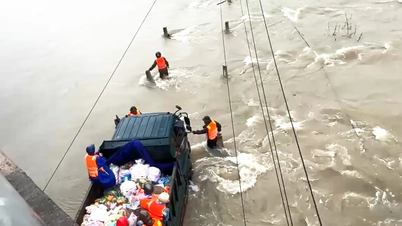
















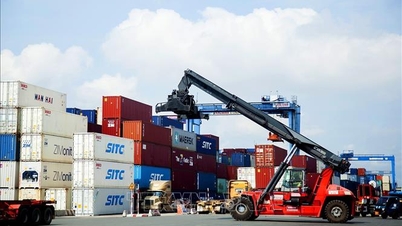














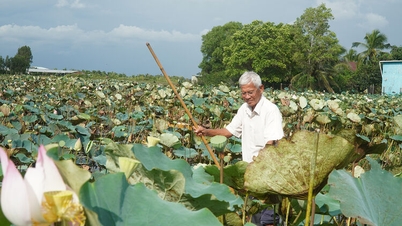


























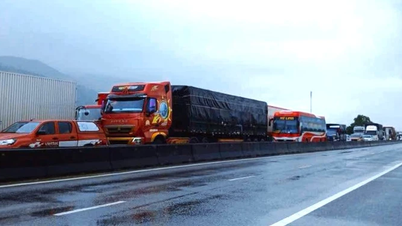
















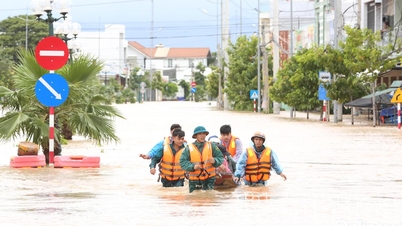





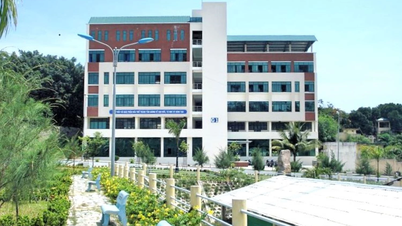














Comment (0)